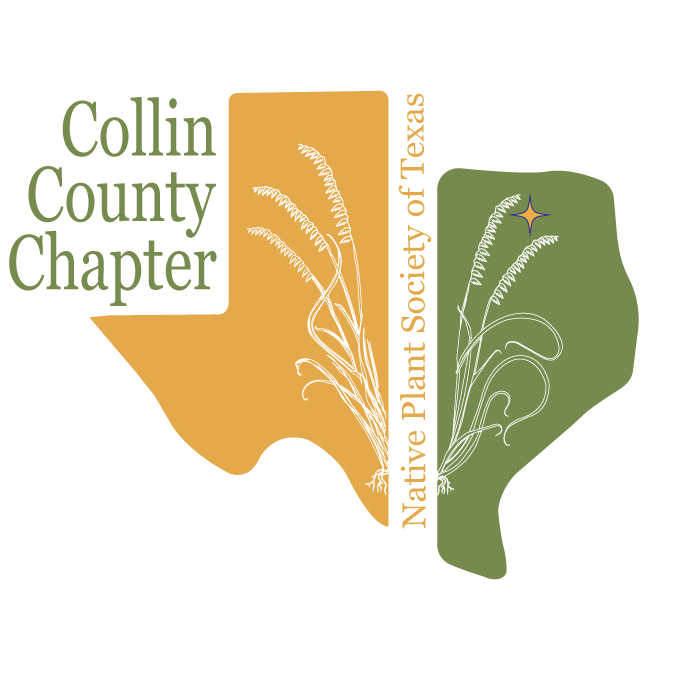August 3, 2023 @ 6:30 pm – 8:00 pm
Speaker: Sarah Ziomek
Fort Worth Botanic Gardens in the Rose Room
3220 Botanic Garden Blvd, Fort Worth, Texas 76107
6:15 pm Socializing & snacks
6:30 pm Business meeting and announcements
The presentation will follow our business meeting.
This meeting is hybrid; in person with a virtual Zoom option.
Register in advance for the Zoom meeting:
https://npsot-org.zoom.us/meeting/register/tZAkcemurj8tG9DucyK4JODmWo4OE_3HMPTW
After registering, you will receive a confirmation email containing information about joining the meeting.
Learn more about the First Carbon Neutral Airport in the Americas
The mission of DFW Airport’s Environmental Affairs & Sustainability Department is to protect people and protect the environment. Enterprise Sustainability Program Manager at DFW airport, Sarah Ziomek, will provide an overview of the Airport’s sustainability, give us results from a recent bio diversity assessment and the airport’s goal to be “nature positive.”
Learn how it’s “north star” focus areas include: water and biodiversity to Climate Action, energy performance, and striving to become a Circular Economy.
As Enterprise Sustainability Programs Manager at Dallas Fort Worth International Airport (DFW Airport) she is responsible for developing and advancing DFW’s sustainability strategy, implementing the Airport’s roadmap to achieve net zero by 2030, overseeing the environmental grants program, and managing the zero waste program.
She supports the Airport’s strategic partnership with the National Renewable Energy Laboratory (NREL) as the DFW representative for projects related to energy optimization and renewables integration for buildings and fleets.
Sarah received both the B.S. and M.S. in Environmental Science at Texas Christian University in 2012. Focusing on native plants and interning at BRIT. She’s a Certified Ecologist and has served in the capacity of environmental scientist and wetland specialist.
In her free time, Sarah enjoys spending time outdoors playing tennis, cycling, and backpacking.
Related Events
-
Creating a Native Seed Library in your Community – Williamson County Chapter Meeting, January 9
January 9 @ 7:00 pm – 8:30 pm





